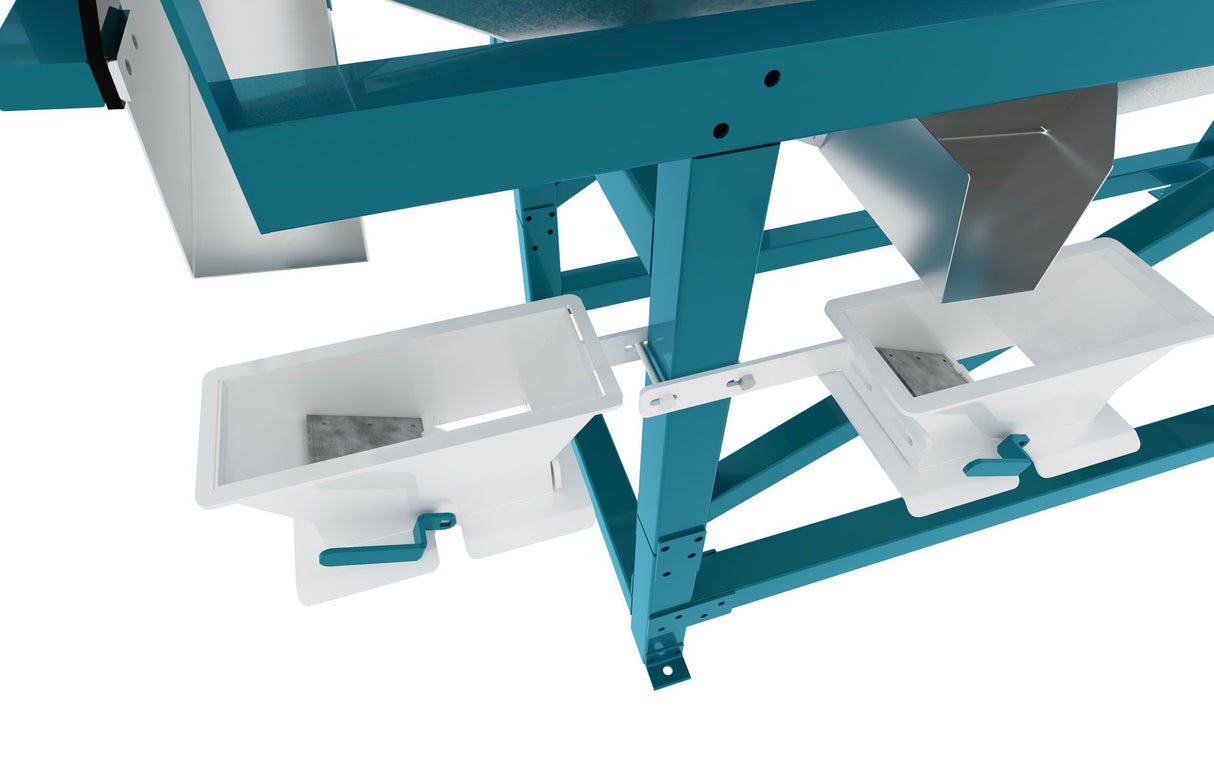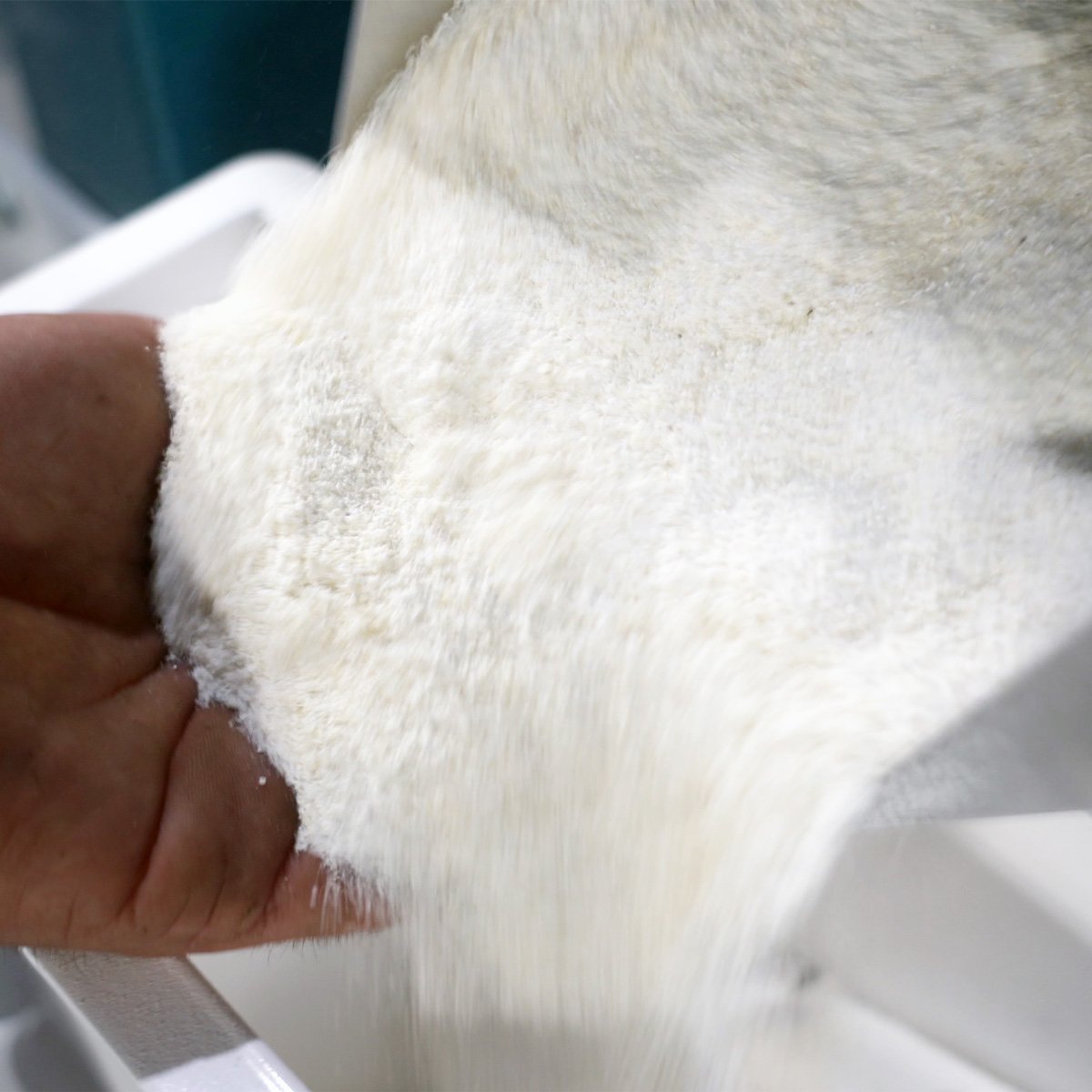What’s the difference between commercial and community milling so you can decide which route to follow?
In short, the answer is:
- Community millers charge a service fee to mill maize for community members into maize meal, which is why it is known as community, service or Posho milling.
- Commercial mills produce packaged maize meal which is sold in shops and supermarkets, either locally, distributed to other areas, or exported.
These two business models share the same key goal, namely turning a profit, but they reach the goal in completely different ways.
Here are the 4 key differences that will guide you to make an informed decision about which model suits you best:
1. WHERE WILL THE MILL BE LOCATED?
If the following is true about the area in which you plan to run the mill, you should consider community milling:
- A rural area with many subsistence farmers near the mill;
- Lower income urban area where clients are able to buy maize and mill it for much less than compared to packaged meal in shops.

- You can source enough maize from the local area or region;
- There are enough potential clients in the local area, or you can affordably distribute to other regions. Also read more about the centralised or decentralised business model.
2. ACCESS TO FUNDING
If you’re just starting out as an entrepreneur, chances are that you don’t have access to significant funding. You can either try to raise more funds, or you can start small and grow your business over time.
With access to more funds, you will be able to upgrade to a commercial mill or continue with community milling by adding more Posho mills and placing them strategically in other areas. For three inspiring success stories of Lesotho millers who did just that, watch this video.
On the other hand, commercial milling requires more funds from the onset, but allows you to increase your profits due to economies of scale.
Two advantages commercial milling has over community milling:
- If you mill more than what you sell locally, you can distribute it to other areas.
- If you plan to mill where subsistence farmers are your main supply, you can still obtain maize from other areas and continue milling, when the demand for maize meal increases once the local maize supply drops after the harvest season.
3. ELECTRICITY SUPPLY
To stay profitable, you’ll need access to a stable supply of electricity, and the type and capacity of the mill is dependent on what is available. For instance, a typical community mill requires 10 kilowatts per hour to mill 750kg of maize, but a one-ton per hour commercial mill like the SP-1 requires between 25 and 80 kilowatts due to other equipment in the milling process.
4. HOW MUCH SPACE DO YOU HAVE?
Community mills like the Posho can fit into a garage-sized building. The customers supply the maize, so you won’t need a lot of storage space, except if you plan to also sell maize to increase your turnover. Your by-product is sold to feedlots or farmers who make their own feed, so you’d need somewhere to store this for a short period, typically in bags.

A typical one-ton commercial mill requires a bigger space to accommodate:
- raw material storage in bags or grain silos;
- the mill;
- the packaging area;
- packaged maize meal and by-products like bran and germ.
For Roff’s SP-1 you’d need an area of 15m (width) by 35m (length) and a roof height of at least 6.6m in the centre, whilst the R-40 and R-70 maize mills require larger warehouses.

IN SUMMARY:
|
Community milling |
Commercial milling |
|
Requires less capital to start |
Requires more funds, but is more profitable due to economies of scale |
|
Mill maize for the community and charge a fee for the service |
Mill and package maize meal sold locally or distributed to other areas |
|
Maize supply from the local area but is subject to seasonal availability. Optionally buy maize from other areas and sell it to the local community |
Maize supply from local farmers, regional areas, co-ops or from own farm |
|
Takes up less space and does not require a lot of power, but needs to be three-phase (380V) |
Requires infrastructure such as a warehouse with stable electricity and more kWs, as well as a clean water supply |
|
Less power supply needed, 10kW @ 20Amps (380V) power |
Ranging from 75kW @ 130Amps (380V) power supply needed |
| Shop for your community milling needs online | Shop for your commercial milling needs online |
Whichever type of maize milling you decide to pursue, you won’t regret choosing Roff as your partner for success.











19 comments
Looking for milling machine that does meal rice and meali meal kindly send a detailed quotation to the above email
I’m interested in purchasing your hammer mill for our community milling
Hello. I am a seeds and grain seller based in Lesotho. I am looking forward to venturing into milling and Posho miller’s of course. Any guidance please.